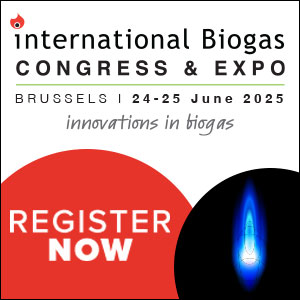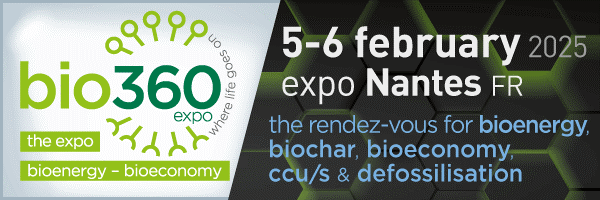New system to increase efficiency of biogas production in waste treatment plants demonstrated
FCC, the Spanish environmental services, infrastructure and water management group, has helped celebrate 25 years of the EU’s LIFE Programme with a demonstration of MethaMorphosis at Ecoparc 2 in Barcelona, a project co-financed by the programme that converts waste treatment plants into bioenergy facilities.
As part of the ceremony, presentations were made by Gloria Sanchez Santos, head of quality control at the Department of Waste Prevention and Management for Area Metropolitana Barcelona (AMB), and Antonio Gimenez, who manages the project for FCC group. Visitors saw the status of the project first hand, as well as a heavy duty CNG vehicle that is used by FCC Medio Ambiente to deliver municipal services in which the methane from MethaMorphosis will be tested.
MethaMorphosis seeks to increase the production of biogas from the leachate resulting from the treatment of municipal waste by changing the treatment techniques used as well as introducing new ones. Once enriched, the methane gas resulting from the process will be used as fuel for vehicles, thereby reducing greenhouse-gas emissions. The gas produced may also be introduced into the natural gas network in the future.
At Ecoparc 2, the project plans to install and operate prototypes to increase biogas production and enrich its biomethane content. Ecoparc 2 is a recycling and biological treatment centre for municipal waste located in Montcada I Reixac (Barcelona), owned by AMB and managed by FCC Medio Ambiente. The prototypes are based on three FCC Aqualia technologies: an anaerobic membrane reactor, a patented system for the autotrophic elimination of nitrogen and a patented upgrading facility that will enable enriched biomethane to be obtained.
According to a statement from FCC, “This new process will enable the facilities to achieve a high level of efficiency while, at the same time, reducing greenhouse-gas emissions, thanks to cutting the necessary energy demand by 70% and CO2 emissions by 80% compared with conventional systems”.


















